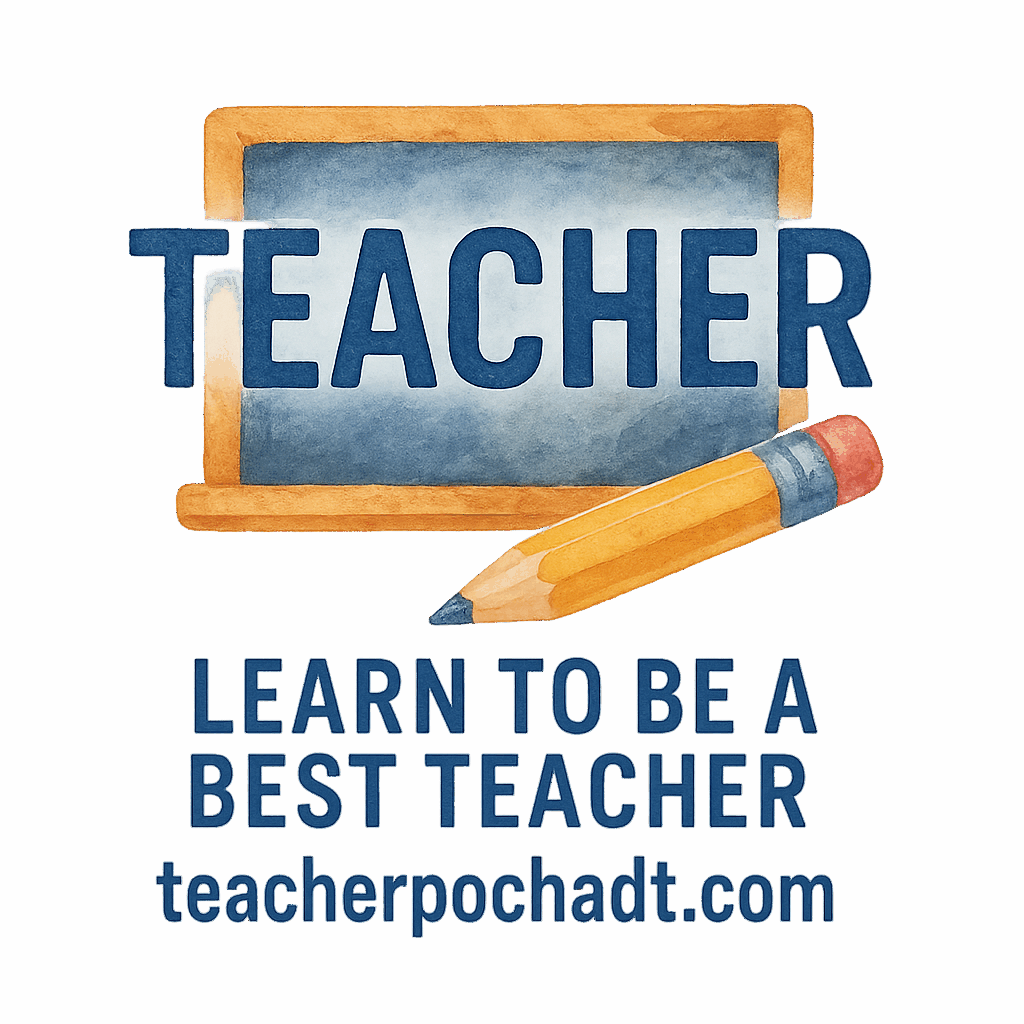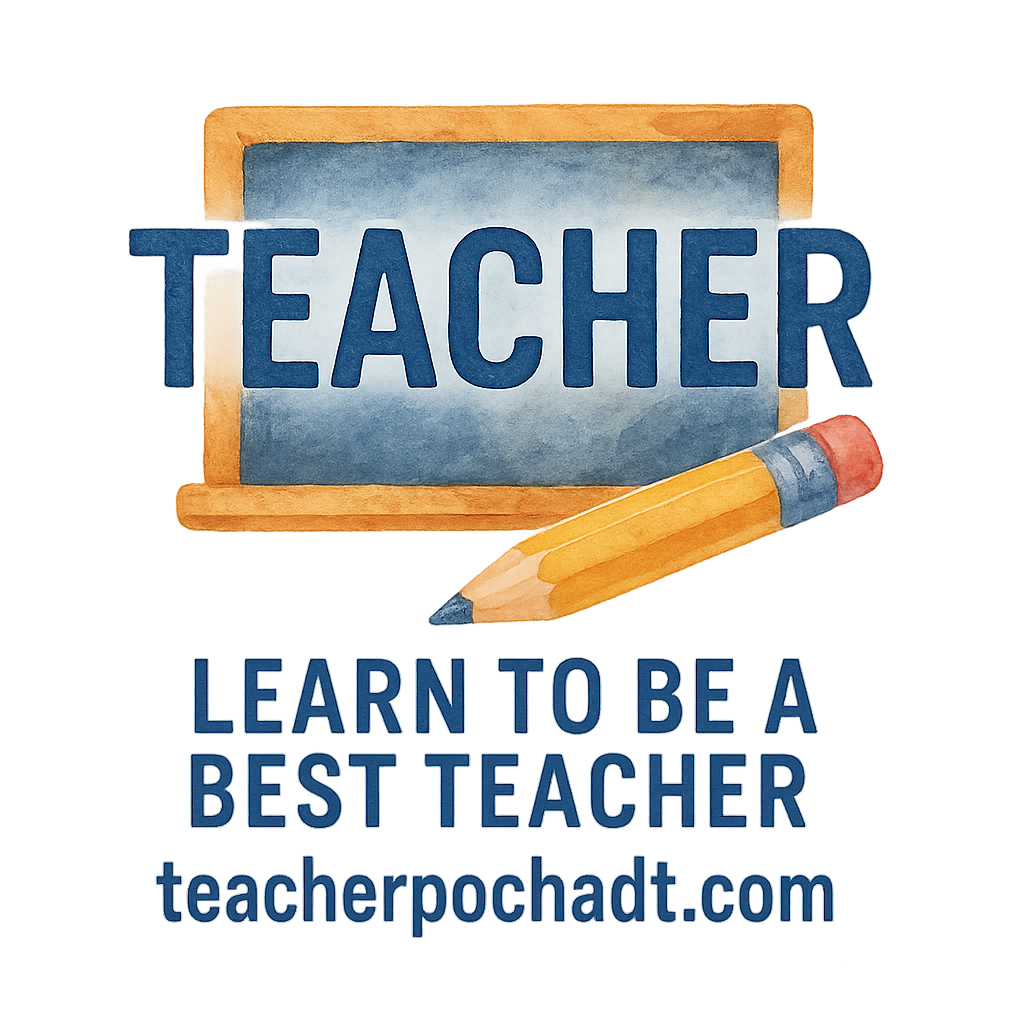Introduction: Why Engagement Matters for Students?
When it comes to teaching, keeping students engaged can be a tough challenge. But here’s the thing – students who are actively engaged in learning are more likely to retain information, develop stronger problem-solving skills, and even enjoy the process of learning. As teachers, it’s crucial to implement activities that not only grab attention but also make the learning experience fun, interactive, and impactful. In this article, we’ll explore 10 fun activities that teachers can incorporate into their lessons to keep students engaged and excited to learn. For more on creating effective learning environments, check out our guide on Classroom Management.
1. Icebreaker Games
1.1 Introduction to Icebreaker Games
Icebreaker games are a fantastic way to kick off a class, especially at the beginning of a term or when you have a new group of students. These games help ease the tension, promote interaction, and create a comfortable environment for all students. Icebreakers are a great way to build a positive classroom culture.
1.2 Why Icebreakers Work
Icebreakers are effective because they allow students to interact in a relaxed, non-threatening way. This builds rapport among peers and helps students get to know each other before diving into more serious academic topics.
1.3 Popular Icebreaker Activities
- Two Truths and a Lie: Each student says two true things about themselves and one lie. The class has to guess which is the lie.
- Human Bingo: Create a bingo card with different characteristics (e.g., “has a pet,” “loves sports”). Students go around asking their classmates if they meet any of the criteria to fill in the squares.
Tip: Using icebreakers also helps establish a positive classroom harmony from the start!
2. Interactive Polls & Quizzes
2.1 The Power of Polls
Interactive polls and quizzes are an excellent way to engage students and assess their understanding in real-time. They can be used as a fun activity to kick off a lesson or to review material learned.
2.2 Using Tools Like Kahoot & Mentimeter
Platforms like Kahoot and Mentimeter allow teachers to create fun quizzes that students can answer in real-time, either individually or in teams. The best part? The competition element keeps students engaged, especially when there’s a leaderboard to add excitement. Check out our article on teacher tech for more tools that enhance classroom engagement.
2.3 Fun Quiz Ideas
- Pop Culture Quiz: Test students’ knowledge of popular trends or current events that relate to the lesson.
- Mystery Question: Ask a question based on something learned previously and give clues as you go. Students can guess the answer!
Interactive quizzes can make learning feel like a game, which can help students pay attention and enjoy the process.
3. Group Projects
3.1 Collaborative Learning: A Key to Engagement
Group projects are perfect for fostering collaboration, teamwork, and communication. Working in groups allows students to share ideas, learn from each other, and create something together, which is both engaging and educational. Explore how student engagement thrives in collaborative learning settings.
3.2 Types of Group Projects
- Research Projects: Assign each group a topic to research and present to the class.
- Creative Design: Let students design posters, websites, or multimedia projects based on a particular theme.
3.3 Benefits for Students & Teachers
Group projects encourage students to take ownership of their learning while helping them develop interpersonal skills like communication and problem-solving. Teachers can also assess students on their group dynamics and collaboration.

4. Gamification
4.1 How Gamification Keeps Students Interested
Gamification takes the principles of gaming and applies them to learning. By turning lessons into challenges, students are motivated to complete tasks, win rewards, and level up just like they would in a game.
4.2 Best Games for Classroom Use
- Jeopardy: Students can compete in teams to answer questions related to the lesson.
- Escape Room Challenge: Create a classroom escape room that requires solving puzzles and answering questions to “escape” before the timer runs out.
4.3 Learning Through Play
Gamification isn’t just for fun; it helps with retention. When students play, they actively engage in learning, helping them better absorb and retain information. Check out our resources on teaching skills to learn how to incorporate gamification into your lessons effectively.
5. Creative Writing Challenges
5.1 Spark Creativity with Writing
Creative writing exercises encourage students to express their ideas in new ways. By breaking free from the traditional essay format, students have the chance to explore their imagination and hone their writing skills.
5.2 Fun Writing Prompts
- Write a Letter to Your Future Self: Have students write letters to themselves 10 years from now.
- Story Chain: Each student adds a sentence to a story, passing it around until everyone has contributed.
5.3 Benefits of Creative Writing for Student Development
Writing challenges boost creativity, improve vocabulary, and help students develop a love for storytelling, which is an essential skill both in school and beyond. Learn more about how to support personal development through creative writing activities.
6. Hands-On Learning
6.1 The Power of Kinesthetic Learning
Kinesthetic learning is based on the idea that students learn best when they are actively involved in the process. Hands-on activities help students retain information by engaging multiple senses.
6.2 Types of Hands-On Activities
- Science Experiments: Set up simple, safe experiments for students to conduct in class.
- Art Projects: Use art to explore new concepts and foster creativity.
6.3 Encouraging Exploration and Discovery in the Classroom
Hands-on activities encourage students to explore new concepts on their own and learn through trial and error, which enhances their problem-solving abilities. Check out more class activities that focus on exploration and discovery.
7. Role-Playing
7.1 Why Role-Playing is Effective
Role-playing allows students to step into different characters and perspectives, making lessons more engaging. Whether it’s acting out historical events or simulating real-world scenarios, students get to experience concepts firsthand.
7.2 Creating Engaging Scenarios
- Historical Simulations: Have students act out key moments in history.
- Real-World Problem Solving: Students take on roles in a workplace setting to solve issues.
7.3 Teaching Empathy Through Role Play
Role-playing can also teach students empathy as they learn to consider other viewpoints and understand diverse perspectives.
8. Digital Learning Tools
8.1 The Appeal of Digital Tools
With the increasing reliance on technology, digital learning tools offer endless possibilities for engagement. From interactive apps to educational games, these tools add excitement to lessons.
8.2 How Tools Like Padlet and Google Classroom Help
Tools like Padlet allow students to share ideas, post questions, and collaborate in real-time. Google Classroom integrates assignments and discussions, making it easier for students to interact and learn. Learn more about using digital tools to improve classroom interactions.
8.3 Integrating Technology for Fun Learning Experiences
Technology can make learning more interactive and fun by allowing students to engage with content in new, innovative ways. Check out our resources on teaching ideas that incorporate digital tools.
9. Debates and Discussions
9.1 Building Critical Thinking Skills
Debates challenge students to think critically about different perspectives and learn to argue effectively. This not only engages them but also strengthens their communication skills.
9.2 How to Conduct an Engaging Debate
- Choose Timely Topics: Pick issues that are relevant to the students’ lives.
- Encourage Respectful Debate: Ensure that debates are structured in a way that promotes respectful and thoughtful discussion.
9.3 Benefits of Structured Discussions
Discussions and debates help students develop their reasoning and argumentation skills while improving their ability to articulate thoughts clearly. Explore how debates can enhance student connection and learning.
10. Visual Learning Projects
10.1 The Power of Visual Aids
Visuals such as diagrams, charts, and videos make complex topics easier to understand. By integrating visual learning into lessons, students can better grasp abstract concepts.
10.2 Using Art to Teach
Art-based activities, such as creating posters or visual presentations, allow students to express their understanding in creative ways.
10.3 Student Engagement through Visual Presentations and Posters
Students are naturally drawn to visuals. Creating their own visuals for class presentations not only enhances their learning but also allows them to share their understanding in a fun, artistic manner.
Conclusion:
Incorporating fun activities into the classroom is more than just a way to pass the time – it’s a crucial element in engaging students and making learning an enjoyable experience. Whether through interactive games, collaborative projects, or creative writing, these activities not only boost student involvement but also help them retain information better. Remember, learning should be fun, and when students are engaged, they are more likely to succeed. Explore more tips on student engagement to keep the learning process exciting.
FAQs:
- How do fun activities improve student engagement?
Fun activities make learning enjoyable, encourage participation, and help students absorb information in a more interactive way. - What are some low-cost activities for teachers?
Icebreakers, group discussions, and simple creative writing challenges are low-cost activities that engage students. - How can I keep students engaged remotely?
Use tools like Kahoot for quizzes, conduct online debates, and implement virtual group projects to keep students engaged virtually. - What are the best group activities for high school students?
Group research projects, debates, and collaborative problem-solving activities work well for high school students. - How can I assess student learning during fun activities?
Incorporate assessments through peer feedback, presentations, or quick quizzes based on the activity. - How can I get shy students involved in group activities?
Create smaller groups and assign specific roles to shy students, encouraging them to participate without the pressure of a larger group. - What are the long-term benefits of engaging students in creative ways?
Engaging students creatively helps them develop critical thinking, problem-solving, and communication skills, which are beneficial throughout life.


